Home>diy>Building & Construction>What Do Incident/Construction Signs Do For A Motorist
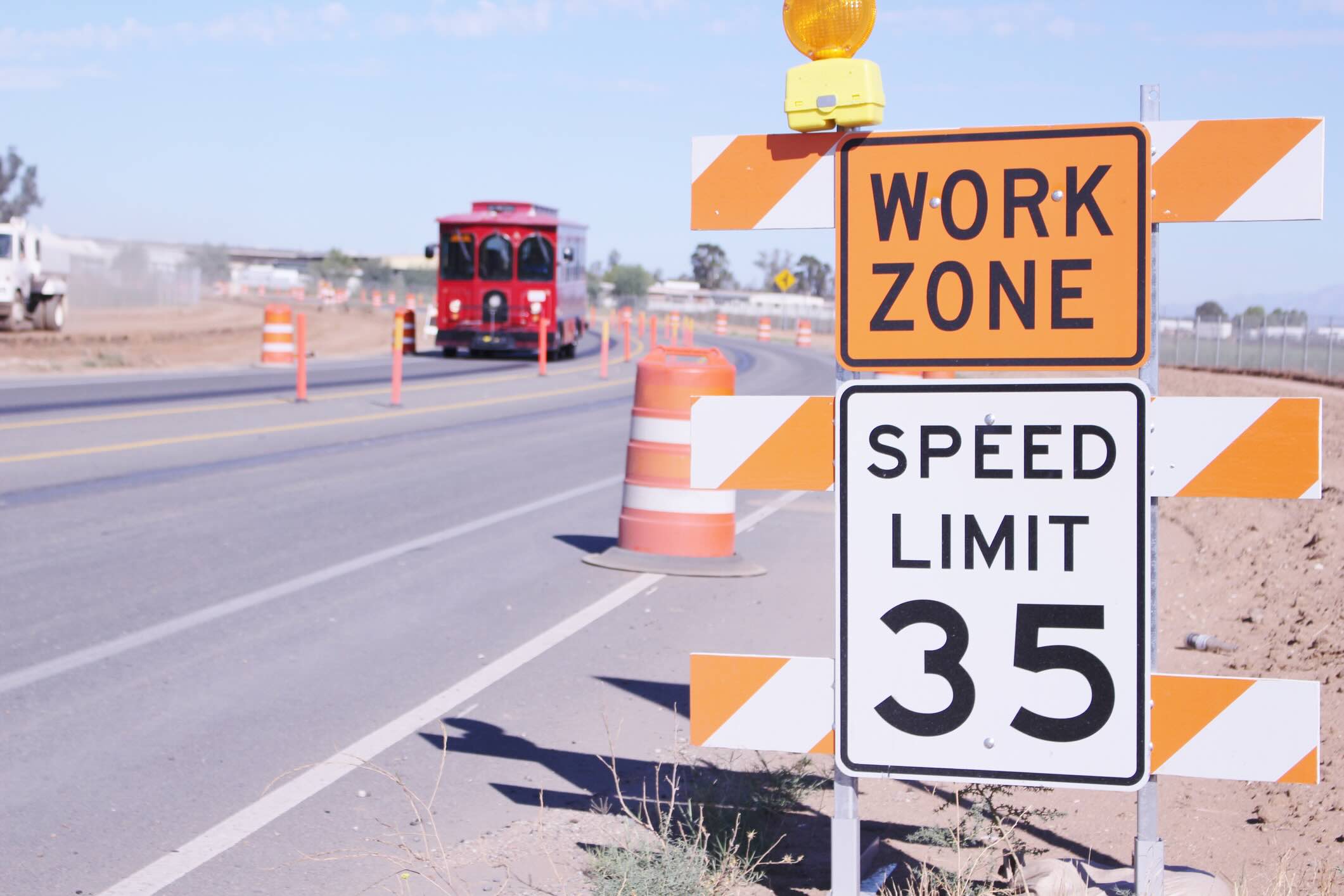

Building & Construction
What Do Incident/Construction Signs Do For A Motorist
Modified: December 7, 2023
Learn about the benefits of incident and construction signs for motorists, and how they improve safety and navigation on the road. Find out how building-construction signs can help you stay informed and avoid potential hazards.
(Many of the links in this article redirect to a specific reviewed product. Your purchase of these products through affiliate links helps to generate commission for Storables.com, at no extra cost. Learn more)
Introduction
When it comes to driving, safety should always be the top priority. Whether you’re a seasoned driver or a novice, encountering incidents or navigating through construction zones can be challenging. This is where incident/construction signs play a crucial role in ensuring the safety of motorists.
The purpose of incident/construction signs is to provide essential information to drivers, alerting them about potential hazards, changes in traffic patterns, and giving instructions on how to navigate through these situations. These signs are strategically placed to guide motorists and ensure smooth traffic flow, reducing the risk of accidents and ensuring the safety of both drivers and workers.
In this article, we will explore the importance of incident/construction signs for motorists and how they can effectively communicate information. We will also discuss the regulatory requirements for these signs, the benefits of following their instructions, common mistakes made by motorists, and provide tips for safely navigating through incidents/construction zones.
So fasten your seatbelts and let’s dive into the world of incident/construction signs and how they contribute to a safer driving experience!
Key Takeaways:
- Incident/construction signs serve as crucial communication tools, providing advanced warning, guidance, and visibility to ensure the safety of motorists, workers, and pedestrians in challenging driving conditions.
- Compliance with incident/construction signs is essential for enhanced safety, improved traffic flow, and legal adherence. Motorists play a vital role in creating a safer road environment by following these regulatory requirements.
Read more: What Colors Are Used For Construction Signs
Purpose of Incident/Construction Signs
The purpose of incident/construction signs goes beyond just being a visual element on the road. These signs serve to fulfill several important functions that ensure the safety and well-being of motorists, workers, and pedestrians alike.
First and foremost, incident/construction signs are designed to provide drivers with advanced warning of potential hazards. Whether it’s a sudden lane closure, road construction, or an accident ahead, these signs act as a crucial tool to alert motorists to adjust their driving behavior accordingly. By providing early warning, incident/construction signs give drivers ample time to slow down, change lanes, or take alternative routes, avoiding potential accidents or traffic congestion.
Another key purpose of these signs is to guide motorists and help them navigate through construction zones or incident scenes. They provide clear and concise instructions, such as lane closures, detours, or reduced speed limits, ensuring that drivers can safely navigate around these areas without confusion.
Additionally, incident/construction signs serve as a means of communication between the traffic management team and motorists. They convey important information such as the duration of the construction or incident, contact information for relevant authorities, or any specific precautions that drivers need to be aware of. By providing this information, motorists can make informed decisions while on the road and take necessary precautions to ensure their safety.
Lastly, incident/construction signs also play a crucial role in enhancing the visibility of workers and emergency personnel at the scene. These signs are often accompanied by flashing lights or reflective materials, making them highly visible, especially during nighttime or low visibility conditions. This visibility helps ensure the safety of workers and emergency responders by alerting drivers to their presence and reminding them to exercise caution while passing through the area.
All in all, the purpose of incident/construction signs is to provide advanced warning, guidance, communication, and visibility. By fulfilling these functions, these signs contribute to a safer driving experience for everyone on the road.
Importance of Incident/Construction Signs for Motorists
Incident/construction signs play a vital role in ensuring the safety and well-being of motorists. Their importance cannot be overstated, as these signs provide essential information and guidance that directly impact the driver’s ability to navigate through construction zones or incident scenes safely.
One of the key reasons why incident/construction signs are important is that they facilitate early warning. These signs alert motorists to potential hazards well in advance, allowing them to adjust their driving behavior accordingly. Whether it’s a sudden lane closure, roadwork, or an accident ahead, these signs give drivers the opportunity to slow down, change lanes, or take alternative routes to avoid potential accidents or traffic congestion.
Furthermore, incident/construction signs provide clear and concise instructions to guide motorists through these areas. They indicate lane closures, detours, reduced speed limits, or any other specific instructions that drivers need to follow. By following these instructions, motorists can navigate the construction zone or incident scene safely and efficiently while minimizing disruptions to traffic flow.
The importance of incident/construction signs is also evident in their role as a means of communication. These signs convey important information such as the duration of the construction or incident, contact information for relevant authorities, or any specific precautions that drivers need to be aware of. This information allows drivers to make informed decisions and take necessary precautions to ensure their safety while on the road.
Moreover, incident/construction signs contribute to the overall safety of the construction zone or incident scene. These signs enhance the visibility of workers and emergency personnel by using flashing lights or reflective materials. By drawing attention to their presence, these signs remind drivers to exercise caution and be mindful of the presence of workers and emergency responders, minimizing the risk of accidents.
Overall, the importance of incident/construction signs for motorists cannot be emphasized enough. These signs provide early warning, clear guidance, essential information, and enhanced visibility, all of which contribute to a safer driving experience for motorists while navigating through construction zones or incident scenes.
Types of Incident/Construction Signs
There are several types of incident/construction signs that serve different purposes and convey specific messages to motorists. These signs are designed to be highly visible and easily understood, ensuring that drivers can quickly and accurately interpret the information being communicated. Here are some of the most common types of incident/construction signs:
- Warning Signs: These signs are typically diamond-shaped with a yellow background and black text or symbols. They are used to alert motorists to potential hazards ahead, such as curves, sharp turns, uneven road surfaces, or roadwork. Warning signs help drivers anticipate and react appropriately to changing road conditions.
- Detour Signs: When a section of road is closed, detour signs are used to guide motorists along an alternative route. These signs typically have an arrow-shaped design and provide clear instructions on which direction to take and which road to follow. Detour signs are crucial for maintaining traffic flow and ensuring that drivers can bypass the construction or incident area safely.
- Work Zone Signs: These signs are specific to construction zones and communicate essential information to motorists. They can include messages such as “Road Work Ahead,” “Men at Work,” or “Construction Zone.” Work zone signs serve as a warning to drivers that they are entering an area of construction and need to be cautious and follow instructions.
- Speed Limit Signs: Speed limit signs in construction zones indicate the maximum speed at which motorists should be driving. These signs are typically orange and black, and display the reduced speed limit that should be observed within the construction zone. Adhering to the posted speed limits in construction areas is crucial for both the safety of motorists and the workers.
- Temporary Traffic Control Signs: These signs are used to provide specific instructions to motorists within a construction zone. They can include messages such as “Lane Closed Ahead,” “Merge,” or “One Lane Only.” Temporary traffic control signs help regulate the flow of traffic and ensure that drivers navigate through the construction zone safely and efficiently.
These are just a few examples of the types of incident/construction signs that motorists may encounter. Each sign serves a specific purpose and provides important information to ensure the safety and efficient flow of traffic through construction zones or incident scenes. It is important for drivers to be aware of and understand the meaning of these signs in order to navigate these areas safely.
How Incident/Construction Signs Communicate Information to Motorists
Incident/construction signs are designed to effectively communicate information to motorists in a clear and concise manner. These signs utilize various visual elements and standardized symbols to ensure that the messages are easily understood and followed. Here are some ways in which incident/construction signs effectively communicate information to motorists:
- Colors: Different colors are used on incident/construction signs to convey specific meanings. For example, yellow is commonly used for warning signs, orange for construction signs, and white or black for regulatory signs. The use of these colors helps drivers quickly identify the type of information being communicated.
- Shapes: The shape of a sign can indicate its purpose. For instance, warning signs are usually diamond-shaped, regulatory signs are rectangular, and construction signs may have arrow-shaped designs. By using standard shapes, these signs provide visual cues to motorists about the nature of the information being conveyed.
- Text and Symbols: The message on incident/construction signs is typically conveyed through text and symbols. The text is kept concise and easy to read, using clear fonts and appropriate sizes. Standardized symbols are also used to convey information universally, ensuring that motorists from different backgrounds can understand the sign’s message.
- Placement and Sizing: Incident/construction signs are strategically placed in locations where they are easily visible to motorists. They are typically positioned at eye level or affixed to barriers or cones. The sizing of the sign is also important – it needs to be large enough to be seen from a distance, ensuring that drivers have sufficient time to read and react to the information being communicated.
- Consistency: To ensure easy comprehension, incident/construction signs adhere to standard design guidelines and use consistent symbols and language. This consistency helps drivers become familiar with the meaning of different signs, even if they encounter them in different locations or regions.
By utilizing these communication techniques, incident/construction signs effectively convey important information to motorists. Whether it’s a warning about a potential hazard, instructions for navigating through a construction zone, or a speed limit reduction, these signs play a vital role in ensuring that drivers receive the necessary information to navigate safely through incidents or construction zones.
When approaching incident or construction signs, slow down and be prepared to follow any instructions or detours. These signs are there to keep you and others safe on the road.
Regulatory Requirements for Incident/Construction Signs
Incident/construction signs are subject to specific regulatory requirements that ensure their effectiveness and consistency. These requirements are put in place to maintain uniformity across roadways and ensure that drivers can easily understand and interpret the information being conveyed. Here are some of the key regulatory requirements for incident/construction signs:
- Mutcd Compliance: In many countries, including the United States, incident/construction signs must adhere to the standards set by the Manual on Uniform Traffic Control Devices (MUTCD). The MUTCD provides guidelines and regulations for the design and placement of traffic control devices, including signs, on public roadways. Compliance with MUTCD ensures consistency and uniformity in sign design and helps to minimize confusion for motorists.
- Color and Size Requirements: Regulatory requirements specify the colors and sizes that should be used for different types of incident/construction signs. For example, warning signs typically have a yellow background, construction signs are typically orange, and regulatory signs are typically white or have a green background. The sizes of signs are also specified to ensure visibility, readability, and to relay information effectively to motorists.
- Use of Standard Symbols: Standard symbols are used on incident/construction signs to convey information in a universally understood manner. These symbols are regulated to ensure their consistency and accuracy. Regulatory requirements dictate the specific symbols to be used for various types of signs, ensuring that drivers can quickly recognize and understand the message being conveyed.
- Placement and Visibility: Regulatory requirements stipulate the proper placement and visibility of incident/construction signs. They ensure that signs are positioned in locations that provide optimal visibility to motorists, allowing them sufficient time to process and respond to the information. Additionally, the use of reflective materials and nighttime illumination may be required to enhance the visibility of signs during low-light conditions.
- Sign Maintenance: Regulatory requirements also include guidelines for sign maintenance and replacement. Signs must be kept in good condition, free from damage or deterioration, to ensure their effectiveness in conveying information to motorists. Regular inspections and timely replacement of any damaged or illegible signs are essential to maintain the integrity and functionality of the signage system.
By adhering to these regulatory requirements, incident/construction signs maintain consistency in design and ensure that drivers can easily understand and respond to the information being conveyed. These requirements contribute to safer roadways by providing clear and standardized communication to motorists in construction and incident zones.
Benefits of Following the Instructions on Incident/Construction Signs
Following the instructions on incident/construction signs is crucial for maintaining the safety and well-being of everyone on the road, including motorists, workers, and pedestrians. There are several benefits to adhering to the instructions provided on these signs:
- Enhanced Safety: By following the instructions on incident/construction signs, motorists can navigate through hazardous areas with caution, minimizing the risk of accidents. These signs provide valuable information about road conditions, lane closures, detours, and speed limits, allowing drivers to adjust their behavior accordingly and avoid potential dangers.
- Improved Traffic Flow: Following the instructions on incident/construction signs helps maintain a smooth and efficient flow of traffic. By adhering to lane closures, detours, or reduced speed limits, drivers can prevent traffic congestion and delays, ensuring the safe and timely movement of vehicles through the affected area.
- Worker and Pedestrian Safety: Incidents and construction zones often involve the presence of workers or pedestrians. Following the instructions on incident/construction signs helps protect the safety of these individuals. By obeying speed limits, observing lane closures, and staying alert, drivers can help prevent accidents and ensure the well-being of those working or walking near the roadways.
- Minimized Damage to Vehicles: Incident/construction signs often indicate potential hazards such as rough road surfaces, potholes, or debris. By heeding these signs and adjusting their driving accordingly, motorists can avoid damage to their vehicles. Following the instructions on these signs helps prevent accidents due to sudden changes in road conditions and reduces the risk of costly repairs.
- Legal Compliance: Following the instructions on incident/construction signs is not only important for safety but also for legal compliance. Disregarding or disobeying these signs can result in traffic violations and fines. By adhering to the instructions, drivers can avoid legal consequences and promote a safer road environment for all.
Overall, the benefits of following the instructions on incident/construction signs are numerous, ranging from enhanced safety and improved traffic flow to the protection of workers and pedestrians. By obeying these signs, motorists contribute to a safer and more efficient road environment, ensuring the well-being of everyone on the road.
Common Mistakes Made by Motorists Regarding Incident/Construction Signs
In spite of the importance of incident/construction signs, motorists often make certain mistakes when encountering these signs. These mistakes can compromise safety and contribute to traffic disruptions. Here are some of the common mistakes made by motorists regarding incident/construction signs:
- Ignoring or Disregarding Signs: One of the most common mistakes is when motorists simply ignore or disregard incident/construction signs. Whether out of impatience or inattentiveness, drivers may fail to pay attention to the signs, putting themselves and others at risk. It is crucial for motorists to take these signs seriously and follow the instructions provided.
- Speeding in Construction Zones: Speeding within construction zones is a dangerous mistake made by many motorists. The reduced speed limits in these areas are put in place to ensure the safety of workers and drivers. Failing to adhere to these speed limits can lead to accidents and injuries. It is important for motorists to slow down and drive cautiously in these zones.
- Ignoring Lane Closures: Lane closures are often indicated by incident/construction signs, yet some motorists ignore them and continue driving in closed lanes. This can lead to confusion, dangerous merging situations, and delays for other drivers. It is crucial for motorists to follow the instructions and merge into open lanes as indicated by the signs.
- Not Being Prepared for Detours: Motorists often fail to plan ahead and be prepared for detours indicated on incident/construction signs. This can lead to last-minute lane changes or missed turns, causing delays and potential accidents. Drivers should pay attention to detour signs ahead of time and familiarize themselves with alternate routes to minimize disruptions.
- Inadequate Merge Etiquette: When encountering incident/construction signs indicating lane merges, some motorists fail to observe proper merge etiquette. This can lead to chaotic traffic situations, slowed traffic flow, and increased potential for accidents. Drivers should practice zipper merging and allow other vehicles to merge smoothly.
Awareness of these common mistakes is crucial to improving compliance with incident/construction signs. By avoiding these errors and actively following the instructions, motorists can ensure their safety, prevent accidents, and contribute to the efficient flow of traffic through construction or incident zones.
Tips for Motorists to Safely Navigate Through Incidents/Construction Zones
Navigating through incidents or construction zones can be challenging, but by following some key tips, motorists can ensure their safety and contribute to the smooth flow of traffic. Here are some important tips for safely navigating through incidents/construction zones:
- Pay Attention to Signs: Always be alert and pay close attention to incident/construction signs. These signs provide important information about potential hazards, lane closures, and detours. Reading and following the instructions on these signs is essential for safe navigation through the area.
- Observe Reduced Speed Limits: Be mindful of reduced speed limits in construction zones. Slow down and drive at the posted speed to ensure the safety of both yourself and the workers. Speeding in construction zones can lead to accidents and endanger the lives of workers and other motorists.
- Prepare for Lane Closures: If incident/construction signs indicate lane closures ahead, start merging into the appropriate lane well before the closure. Avoid last-minute lane changes, which can cause confusion and disrupt traffic flow. Plan ahead and be prepared for lane closures to minimize delays.
- Stay in Your Lane: Once you have merged into the designated lane, stay in that lane and avoid unnecessary lane changes. Weaving in and out of lanes can be dangerous and impede the flow of traffic. Stick to your lane, be patient, and maintain a safe distance from other vehicles.
- Watch for Pedestrians and Workers: Construction zones often involve the presence of pedestrians and workers. Be vigilant and watch for workers on foot, machinery, or equipment entering or exiting the road. Yield to pedestrians and give workers a wide berth to ensure their safety and prevent accidents.
- Expect Delays and Plan Ahead: Incidents/construction zones can cause delays, so it is important to plan your journey accordingly. Leave early to allow for extra travel time and be prepared for possible detours or traffic congestion. Patience is key when navigating through these areas.
- Minimize Distractions: Avoid distractions while driving, especially in incident/construction zones. Put away your phone, refrain from eating or drinking, and focus solely on the road. Distractions can lead to accidents and hinder your ability to respond to the changing conditions in these zones.
- Be Mindful of Workers’ Safety: Treat construction workers with respect and consideration. They are doing important work and their safety is paramount. Follow any directions given by workers and be prepared to yield or stop if necessary to ensure their safety.
- Stay Calm and Patient: Inevitably, incidents/construction zones can be frustrating due to delays or changes in driving conditions. However, it is crucial to remain calm and patient. Aggressive driving behaviors can escalate situations and increase the risk of accidents. Stay focused, follow the instructions, and practice patience for a safer journey.
By following these tips, motorists can navigate through incidents/construction zones safely and contribute to the overall safety and efficiency of the roadways. Remember, your safety and the safety of others should always be the top priority when encountering these challenging driving conditions.
Read more: What Is The Best Material For Outdoor Signs
Conclusion
Incident/construction signs play a vital role in ensuring the safety and smooth flow of traffic through incidents and construction zones. These signs serve as a means of communication, providing important information and instructions to motorists. By obeying these signs, drivers can navigate through these challenging areas with caution and minimize the risk of accidents.
The purpose of incident/construction signs is to provide advanced warning, guidance, communication, and enhanced visibility. They alert drivers to potential hazards, direct them through construction zones, and provide essential information to make informed decisions on the road. Compliance with these signs is paramount to ensure the safety not only of motorists but also of workers and pedestrians.
Understanding the different types of signs, their importance, and the common mistakes made by motorists can help improve compliance and create safer road environments. By paying attention to incident/construction signs, observing reduced speed limits, staying in designated lanes, and being mindful of workers and pedestrians, drivers can navigate these zones safely and efficiently.
It is important to remember that incident/construction signs are not mere suggestions but are regulatory requirements. Following their instructions is not only a matter of safety but also legal compliance. Ignoring or disregarding these signs can lead to traffic violations and fines.
In conclusion, incident/construction signs are an integral part of our roadways, providing critical information to ensure the safety and well-being of all road users. By being attentive, following instructions, and practicing patience, motorists can contribute to a safer driving experience for themselves and others. The next time you encounter an incident or construction zone, remember to keep your eyes on the signs, stay alert, and drive responsibly. Together, we can make our roads safer for everyone.
Frequently Asked Questions about What Do Incident/Construction Signs Do For A Motorist
Was this page helpful?
At Storables.com, we guarantee accurate and reliable information. Our content, validated by Expert Board Contributors, is crafted following stringent Editorial Policies. We're committed to providing you with well-researched, expert-backed insights for all your informational needs.


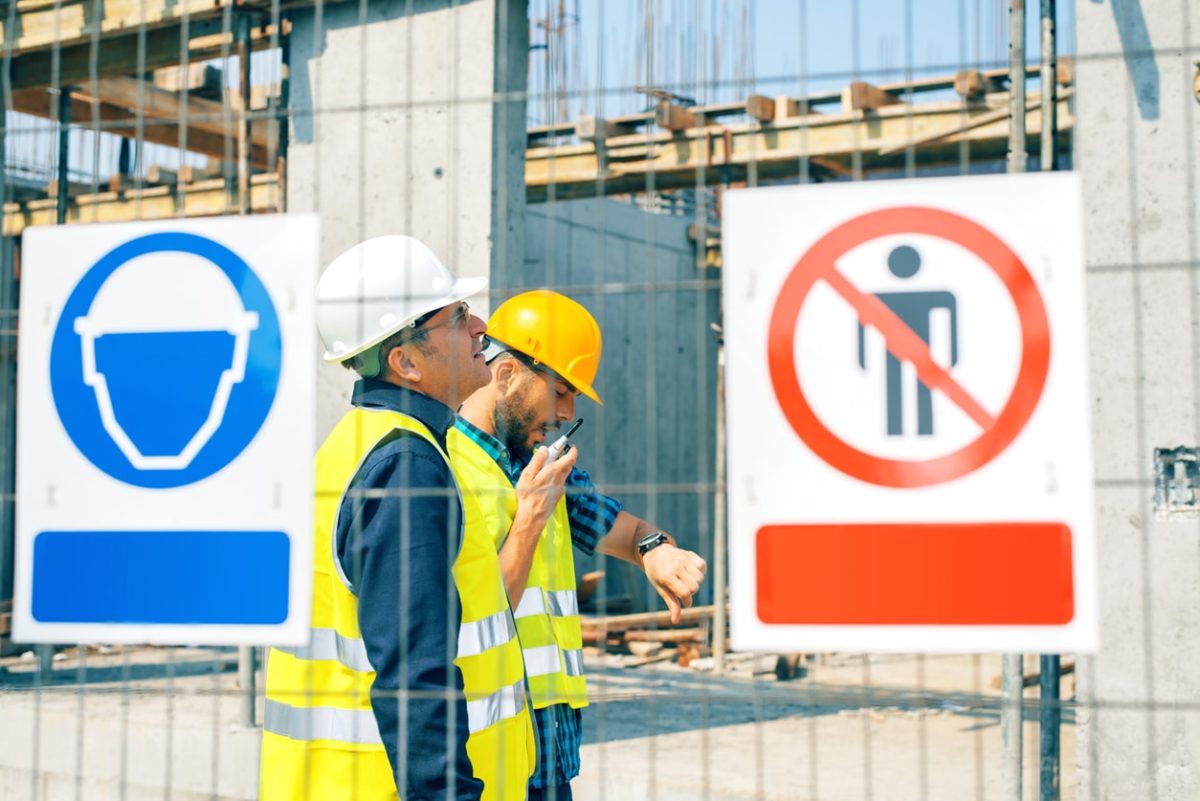

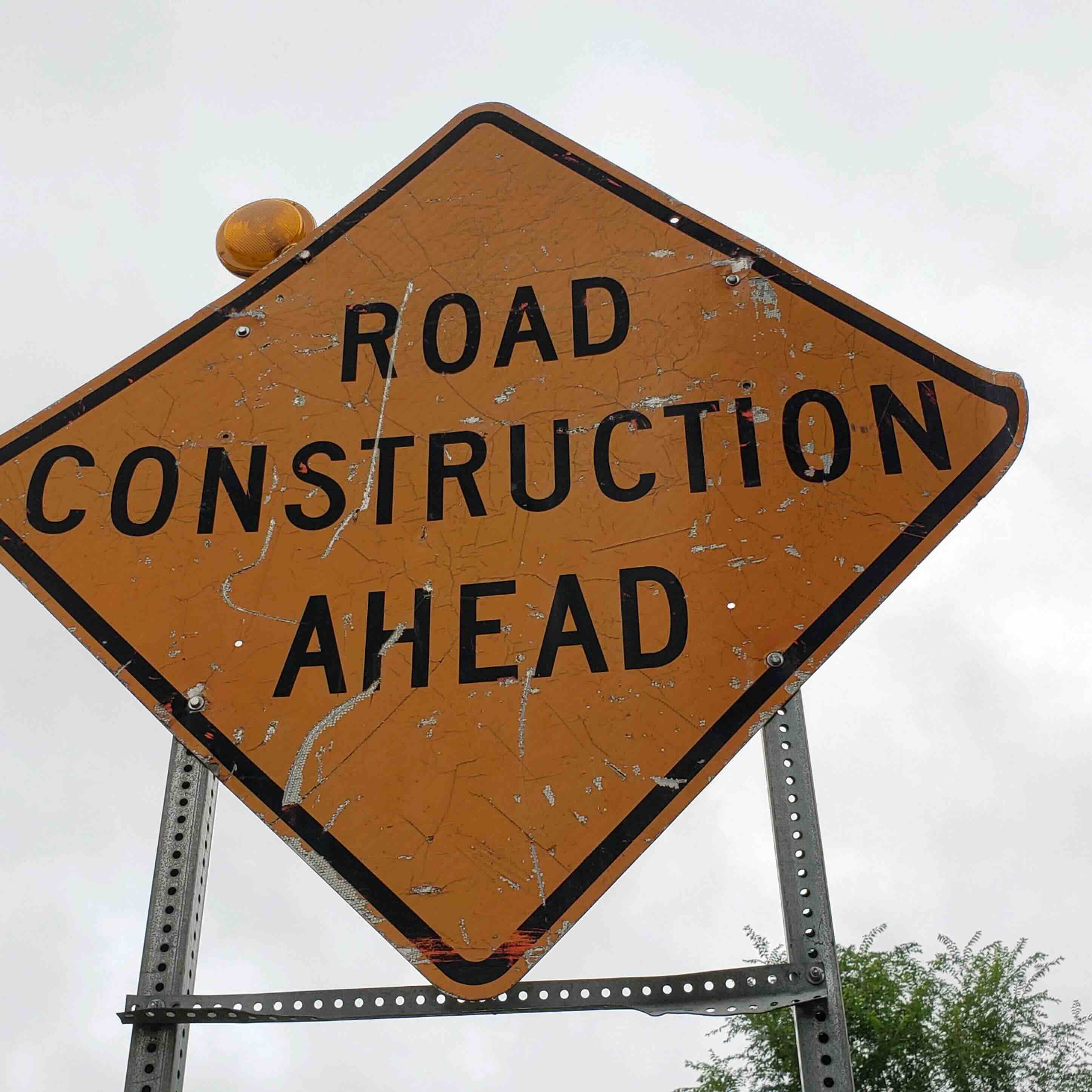
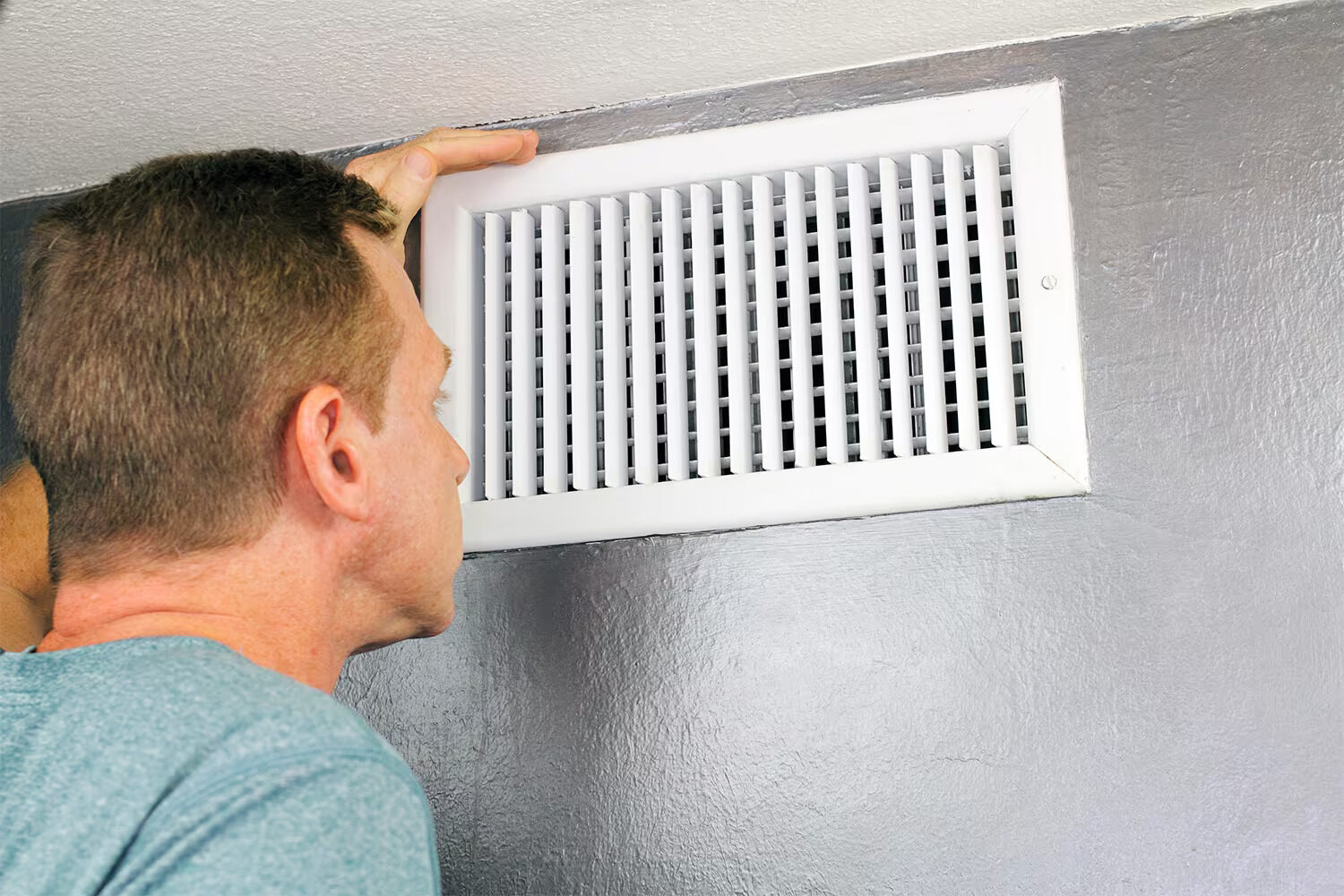





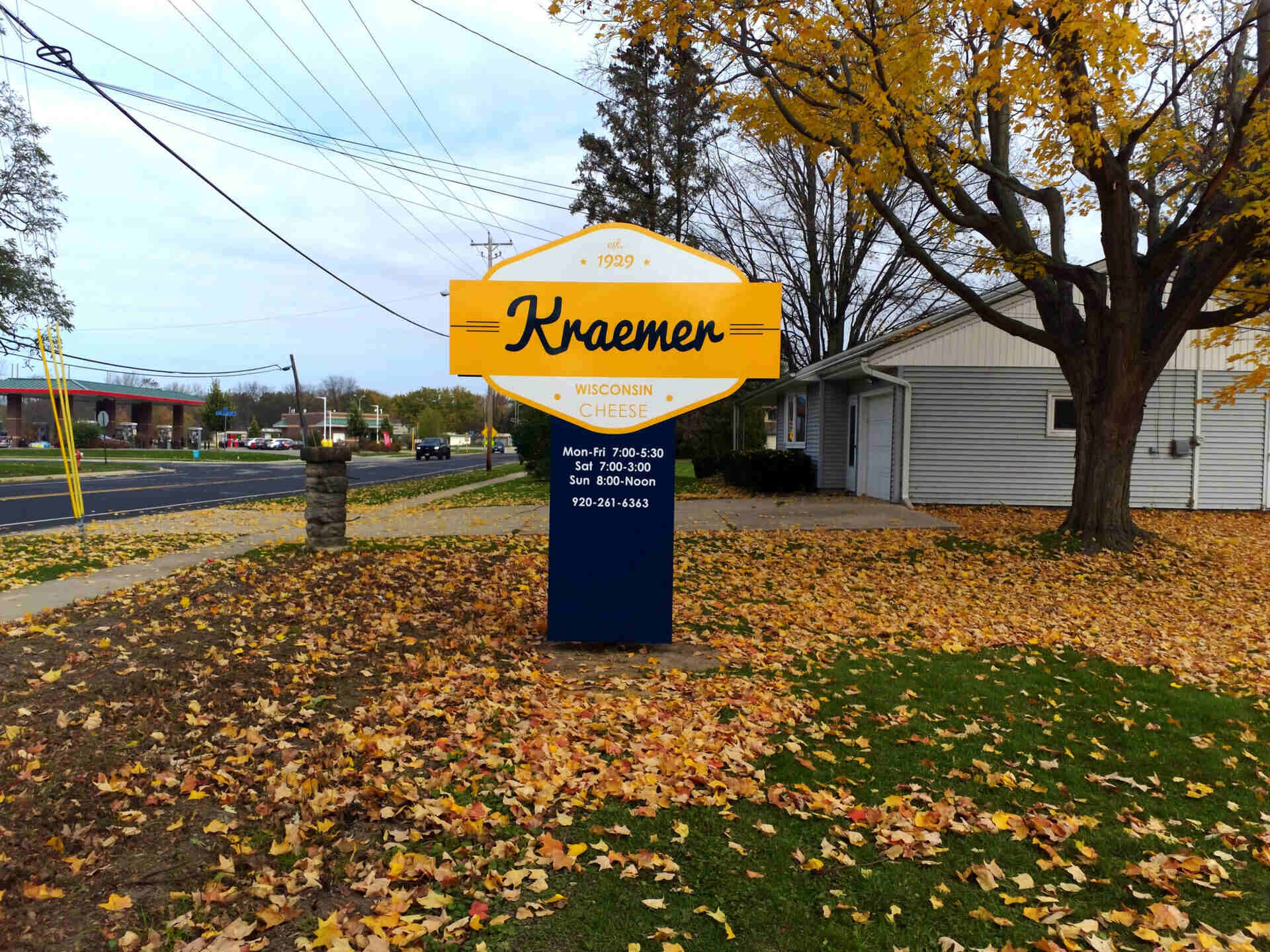


0 thoughts on “What Do Incident/Construction Signs Do For A Motorist”